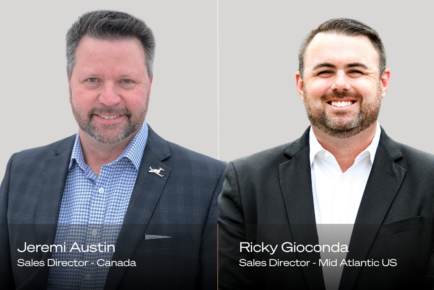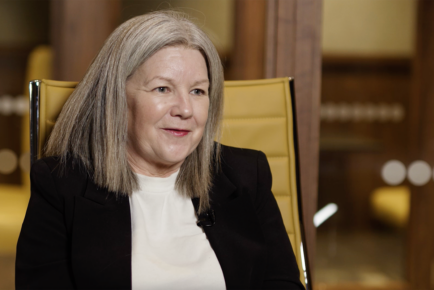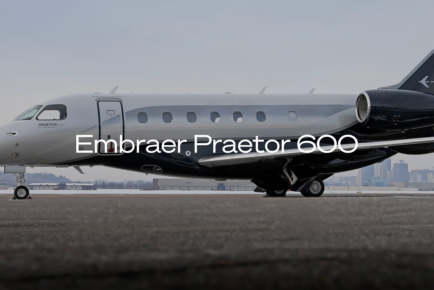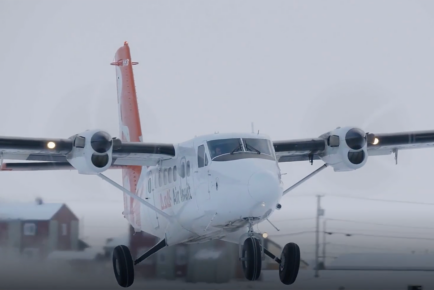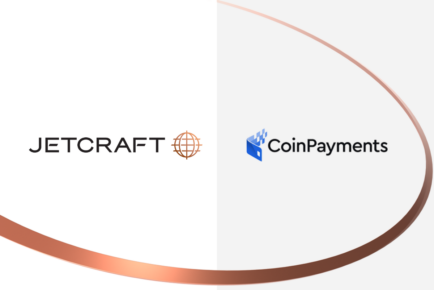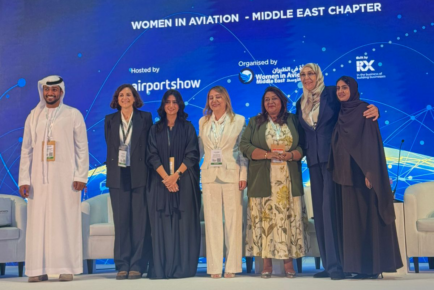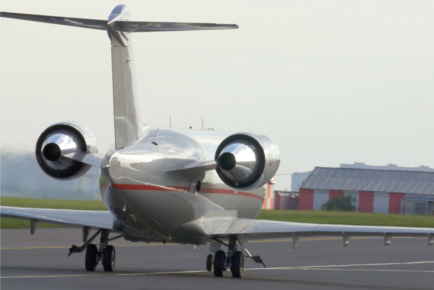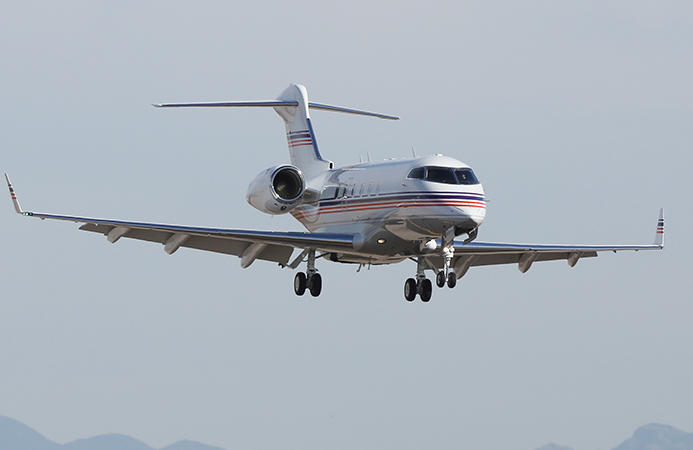
With a steadily improving US economy, aircraft values stabilizing globally, and companies with readily available access to capital, it is an opportune time to bring aircraft into the US at a lower cost, according to Jetcraft COO Peter Antonenko.
As aircraft make their way stateside, there are a number of economic questions that both a buyer and seller must answer: Who handles export from the current country? Who handles import? Who pays taxes and other delivery costs? What will be the arrival airport? For the right answers, it means working closely with the country of registration, FAA, Customs and Border Patrol, and the Department of Treasury.
“Where the aircraft is located and where it’s going, that’s where it starts. Then you can begin looking at paperwork and the next steps,” said Antonenko. “Filing a customs declaration, following the normal international arrival procedures, and hiring a broker are all parts of the initial process. Mishandling any of these steps can slow or even derail a deal early on.”
The Regulatory Environment and What to Know
One area that can trip up many deals is the stringent regulatory process. Although it can be intensive, Antonenko sees the streamlined regulatory environment in the US as beneficial to everyone involved. However, he warns that dealing with a foreign registry can complicate the process.
“In some countries it can take up to 30 days or more to deregister an aircraft. This means you’re dealing with the timing for that registry, which in turn affects registration in the US,” explained Antonenko. “You also have to make sure you’re getting an export certificate of airworthiness from the country in which the plane is registered if that aircraft has not been previously registered with the FAA. If you don’t understand the regulations in the departing country you could easily waste both time and money.”
US Registration and What to Look Out For
One of the most important — and sometimes most involved — parts of bringing an aircraft into to the US can be registration. This involves changing the tail number and working closely with the FAA. The list of things to consider can get lengthy, including:
– Aircraft can only be registered in one jurisdiction at a time.
– Which party is responsible for what and who pays?
– Careful coordination to minimize/prevent unregistered aircraft.
– Only US Citizens can register aircraft.
In his own experiences handling international transactions and facilitating deals into the US, Antonenko has dealt with many of the common issues that can sidetrack a global transaction of this nature.
“Save yourself many sleepless nights and have a contract in place that clearly delineates who’s responsible for what, and who pays what costs,” explained Antonenko. “Also be aware that airworthiness requirements can also slow down the process. Make sure to keep an eye on problem modifications and the disparity in maintenance documents and terminology in foreign countries versus those in the United States,” he added.
The Right Team with the Right Plan
When bringing aircraft to the US, there are two goals that are key to success: completing the deal at a fair value and doing it in a timely fashion. How can you ensure these two important objectives are met when facing endlessly complex economic and regulatory hurdles? It starts by putting together the right team early on.
“The period before the process even begins is key,” said Antonenko. “First, it starts with the right team, making sure you have the proper people in place throughout the process. This means an experienced aircraft broker, a knowledgeable customs broker, legal counsel who know the key points of the deal, and consultants who can advise on the technical aspects of the aircraft. No matter what goals a seller is looking to accomplish, a team effort is going to be required,” Antonenko added.
This article was written based on a presentation that was given at Insight’s 21st Annual Aircraft Owners and Operators Forum held March 6-7, 2014 in Scottsdale, Arizona. The presentation of a Case Study of bringing an aircraft into the U.S. was given by Chad Anderson, President at Jetcraft, Peter Antonenko, Chief Operating Officer at Jetcraft, John Odegard, Senior Vice President of Whole Aircraft Sales at NetJets, and Matthew L. Potts, Assistant General Counsel at NetJets. Click here to download a copy of the original presentation.
SIGN UP FOR OUR MONTHLY JETSTREAM RECAP
Don't miss future Jetstream articles. Sign up for our Jetcraft News mailing list to receive a monthly eblast with links to our latest articles. Click to join the 1,800+ subscribers on our mailing list.

